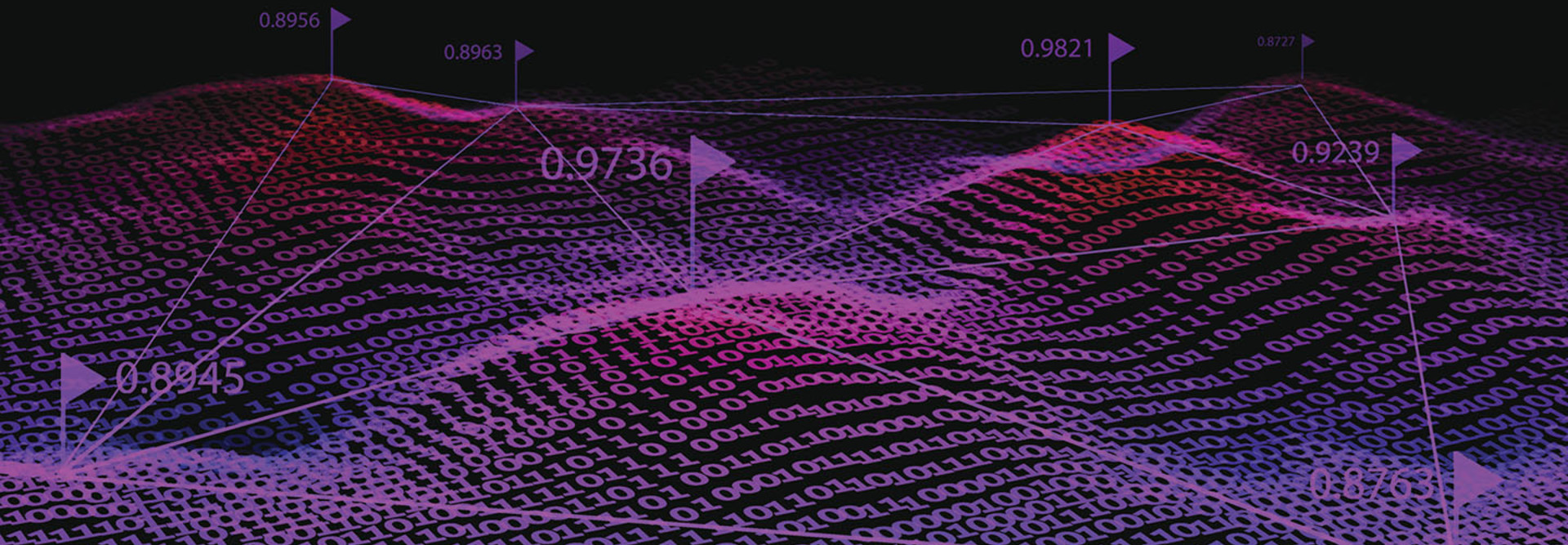Intel AI, Semantic Data Lakes Save Patient Lives at Montefiore Health System
Big data provides valuable insights into the risk factors for illnesses like respiratory failure. Yet at the same time, this need for voluminous data has become an obstacle for many healthcare systems that implement artificial intelligence projects.
One of the issues is that many Big Data sets aren’t equipped to deal with the margin of error — life or death — that healthcare brings, suggests Dr. Parsa Mirhaji, director of the Center for Health Data Innovations at Montefiore Health System and associate professor of systems and computational biology at the Albert Einstein College of Medicine, both in New York.
Montefiore managed to tackle this data problem, however. The health system launched an AI platform called the Patient-Centered Analytical Learning Machine (PALM), powered by Intel Xeon processors. From PALM, Montefiore introduced an algorithm that sends an alert, called Accurate Prediction of PROlonged VEntilation (APPROVE), when patients are admitted into Montefiore’s emergency department.
“It’s all about how we look into data as an asset, incorporate data and analysis into our business plan and digitally transform Montefiore incrementally, starting with high-priority problems,” Mirhaji says.
DOWNLOAD: Learn more about how patient engagement tools can hammer down readmissions!
PALM, Intel Xeon Power Key Insights for Healthcare Professionals
Montefiore began developing the infrastructure for PALM in 2015 and created the first working model in January 2017, when the health system went live with an AI model for respiratory failure.
The PALM platform at Montefiore incorporates an analytic tapestry that monitors what each data model is doing. A frame data language (FDL) lets PALM form relationships between brand name and generic drugs and can help healthcare professionals conduct searches like “patients with allergic reactions.”
A crucial part of what makes PALM possible is the graph database data lake architecture it runs on.
“PALM is essentially built around graph and graph analytics,” Mirhaji says. “The way we represent data, the way we distribute data across clusters of machines, and the way we manage relationship within memory and the CPU, or compute, is based on the kinds of use cases that we run, the scalability that we have and the complexity in the data that we deal with.”
Incorporating a semantic data lake architecture, PALM lets healthcare professionals gain insights on data to help doctors and nurses decide on the best plan of care. A semantic data lake consists of a subject-predicate-object data series like “John Smith has hives,” notes Mike Feibus, president and principal analyst of research firm FeibusTech, in a recent white paper from Intel.
PALM “is designed to enable healthcare systems like us to adopt AI and machine learning at a really large scale and in every corner of their operations without rebuilding their entire infrastructure and bringing an entire line of new technology into their enterprise,” Mirhaji says.
PALM saves lives, and supports patient, family and doctors alike by providing insight in the form of customized order sets proposed to doctors through best practice advisories. These advisories help doctors to invoke preventive care, such as expedited ordering of sepsis panels and protocols or transfers to the ICU, or start end of life palliative care, or the provisioning of resources for mechanical ventilation in timely manner. Montefiore is able to gain these key insights from AI thanks to an interdependence between data models, according to Mirhaji.
Readmissions data models provide insights about patients’ behavior and mental health as well as the risk factors based on respiratory, cardiac and mental health. The data also indicates whether patients adhere to their prescription-refill schedules and whether they show up for their medical appointments, according to Mirhaji. Another model is a social network model that provides insights into a patient’s behavior, experiences and outcomes. This data is then connected to the hospital system’s operations and financial systems.
AI Fits Seamlessly into Montefiore’s Workflow
Not all health systems succeed in fitting AI into their workflow, but Montefiore has, notes Jennifer Esposito, general manager of Health and Life Sciences at Intel.
“What I really love about the work at Montefiore is that there's this combination of finding the right way to integrate [AI] into the workflow and make sure that they’re able to track and understand how people are responding to the information,” Esposito says. “But they also built a platform that is very open in terms of the ability to take on new challenges, new questions, new use cases, so that it continues to expand.”
Since Montefiore first rolled out PALM, it has expanded its use across the entire health system. Montefiore moved beyond just respiratory insights to detect early recognition of sepsis. Other models center around spinal cord compression. The data models use MRI images and natural language processing as well as biomarkers and structured data from electronic health records.
Montefiore will build on its work in AI following a grant it has received from the National Institutes of Health. The grant will fund a study of clinical behavior over the next three years to study the clinician behavior and acceptance of the AI-based algorithms, as well as to enable better integration of these algorithms to the clinical workflow, and, further, to build a collaborative model between clinicians and an AI-based clinical decision support system to improve outcomes of care.
In the future, technology such as PALM can gain more widespread use by expanding beyond Montefiore to other healthcare systems. And rather than constructing new algorithms from scratch, the health systems will be able to build on existing data models.
“What Montefiore has done is really build an infrastructure that is very much expandable and scalable because you have the underlying data structure, and then you can build from there,” Esposito says.










